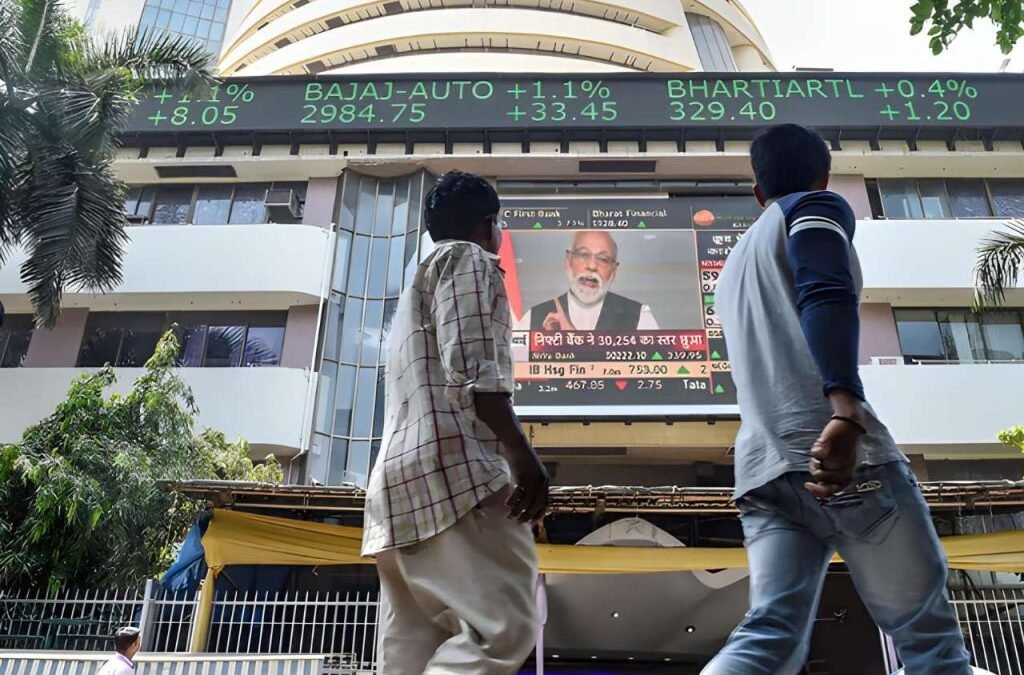India’s corporate landscape is entering its most significant phase of capital investment in over ten years, with companies preparing to nearly double their spending over the next five years, according to S&P Global Ratings. India Inc is expected to double its capex to Rs. 72,72,600 crore (~$850 billion) during this period. Key drivers of this investment surge include sectors such as power transmission, aviation, and green hydrogen.
The 100 largest publicly listed companies—projected to generate combined revenues of Rs. 85.6 lakh crore ($1 trillion) and an EBITDA of Rs. 12.8 lakh crore ($150 billion) in FY25—are anticipated to finance the bulk of this capex internally. This growth is supported by healthy balance sheets, solid cash flows, and favourable government initiatives.
If execution stays on track and the broader economic environment remains stable, S&P anticipates that companies will be able to grow without taking on substantial new debt.
The upcoming investment wave will be largely powered by infrastructure development, especially in the areas of power, transportation, and road networks, where capital spending is projected to double. Meanwhile, industrial capex is expected to increase by 40 percent to 50 percent
Here’s a look at the key sectors and companies set to benefit, as India expects Rs. 72.7 lakh crore worth of capex over the next five years:
Power and Transmission Sector
This sector alone is projected to receive investments worth Rs. 25,66,800 crore (~$300 billion), with major players like NTPC, Tata Power, and Power Grid Corporation leading the charge.
Further, India’s renewable energy goals are ambitious, aiming to expand capacity from 200 GW to as much as 500 GW. Additionally, power transmission infrastructure may require another $100 billion in capex.
NTPC, the nation’s largest power generator, currently operates 80 GW of capacity and is constructing an additional 34 GW. By FY26, it aims to achieve a group total of 11,806 MW in new capacity, comprising 3,580 MW from thermal, 1,000 MW from hydro, and 7,226 MW from renewable sources.
For FY26, the company’s standalone capex is estimated to reach Rs. 26,000 crore, increasing to Rs. 29,209 crore by FY27, and further rising to Rs. 32,452 crore by FY28.
Tata Power Company stands as India’s largest vertically integrated power company, with a total generation portfolio of ~25.7 GW (both operational and under construction). Of this, around 16.8 GW comes from Clean & Green Energy (including 9.9 GW Under Construction), with an installed capacity of ~8.9 GW of Thermal Energy generation. The company also operates 4,633 circuit kilometres (ckm) of transmission lines, with another 2,414 ckm under construction.
Power Grid is India’s flagship power transmission utility. It has a vast network of 1,80,239 ckm transmission lines, 18 High Voltage Direct Current (HVDC) substations, over 2.9 lakh transmission towers, and more than 3,800 transformers and reactors. The company’s capex outlook is pegged at Rs. 28,000 crore for FY25, Rs. 35,000 crore for FY27, and Rs. 45,000 crore for FY28.
Airlines Sector
After the power & transmission sector, India’s aviation industry is expected to witness substantial capital infusion, with airlines projected to invest between Rs. 6.42 lakh crore and Rs. 8.56 lakh crore (~$75–100 billion) in fleet expansion by 2035. Among major carriers, IndiGo is seen as better equipped to manage these costs, while Air India and SpiceJet may encounter financial strain.
Additionally, investments in airport infrastructure could reach Rs. 2.99 lakh crore (~$35 billion). According to S&P, this capex cycle will involve less reliance on debt compared to previous ones.
Combined, aviation and renewable energy are likely to account for nearly 15 percent of total capex and around 40 percent of incremental investments in the coming years.
The aviation sector is growing at a fast pace, with Indian airlines placing orders for over 1,600 aircraft to be delivered by 2030. The number of airports is also set to increase significantly—from fewer than 150 currently to about 220. S&P expects that airport-related investments could potentially double or triple, with key financing support from public lenders such as Power Finance Corporation (PFC), REC, and IREDA.
Other Key Sectors
Core industries such as steel, cement, oil & gas, and automotive are projected to contribute around Rs. 21.39 lakh crore (~$250 billion) in capital investment. Meanwhile, high-growth sectors like green hydrogen and semiconductors are anticipated to attract between Rs. 4.28 lakh crore and Rs. 8.56 lakh crore (~$50–100 billion).
The Adani Group has outlined plans to invest roughly Rs. 1.71 lakh crore (~$20 billion) annually, while the Tata Group intends to allocate nearly Rs. 10.27 lakh crore (~$120 billion), with a strong focus on sectors such as aviation, semiconductors, and electronics. Funding for these massive investments is expected to come from a mix of banks, NBFCs like PFC and REC, and an evolving corporate bond market.
However, S&P has flagged potential credit risks in sectors like renewables, airport infrastructure, and steel, citing concerns related to execution hurdles and pricing volatility.
Written by Shivani Singh
Disclaimer

The views and investment tips expressed by investment experts/broking houses/rating agencies on tradebrains.in are their own, and not that of the website or its management. Investing in equities poses a risk of financial losses. Investors must therefore exercise due caution while investing or trading in stocks. Trade Brains Technologies Private Limited or the author are not liable for any losses caused as a result of the decision based on this article. Please consult your investment advisor before investing.
The post ₹72.7 Lakh Cr CAPEX: Stocks to watch as India gears up for massive investment boom appeared first on Trade Brains.

